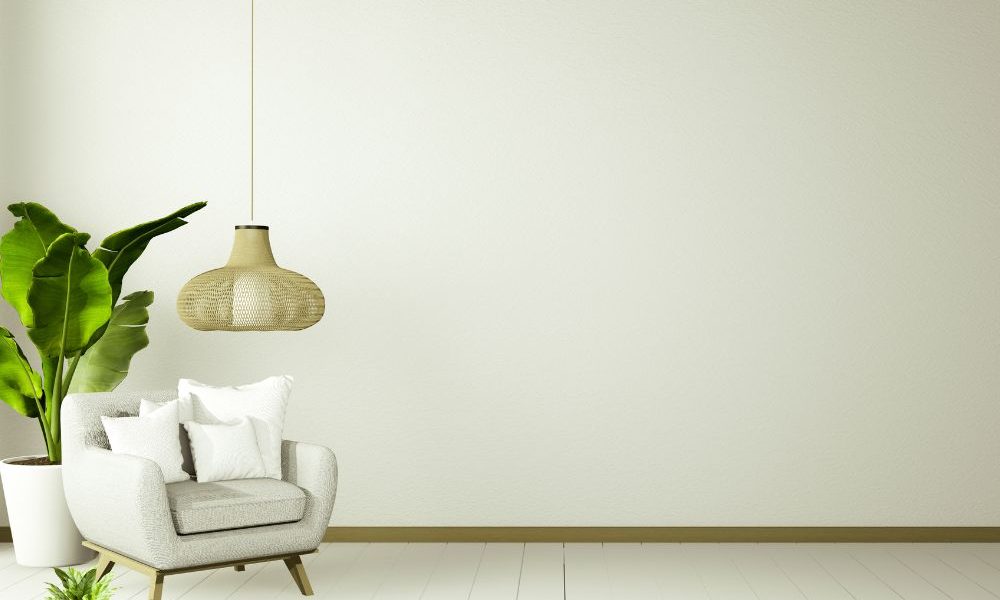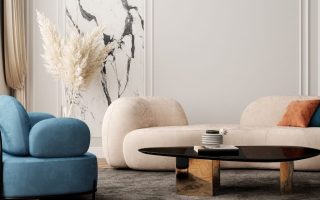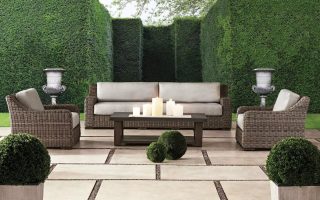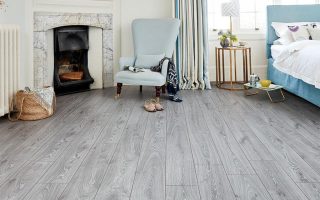In a world filled with distractions and constant noise, creating a calm and clutter-free space has never been more important. Minimalist furniture offers a solution to this by emphasizing simplicity, functionality, and beauty. In this article, we’ll explore how minimalist furniture can help you create a serene and organized home, share some personal anecdotes, and provide insights into the benefits of living with less.
What is Minimalist Furniture?

Minimalist furniture is characterized by its clean lines, simple forms, and lack of unnecessary decoration. It’s about choosing pieces that serve a purpose, while also contributing to a sense of tranquility in your home. The goal is to create spaces that are functional, beautiful, and free from clutter.
Key Characteristics of Minimalist Furniture
- Simplicity: Minimalist furniture focuses on clean lines and simple shapes. It avoids ornate details and excessive decoration, allowing the beauty of the materials and craftsmanship to shine through.
- Functionality: Each piece of minimalist furniture is designed to serve a specific function. Whether it’s a bed, a chair, or a table, every item has a purpose and contributes to the overall harmony of the space.
- Quality Over Quantity: Minimalist design emphasizes quality over quantity. It’s better to have a few well-made pieces than a lot of items that don’t add value to your life.
- Natural Materials: Minimalist furniture often incorporates natural materials like wood, metal, and glass. These materials add warmth and texture to the space, creating a sense of connection to nature.
Benefits of Minimalist Furniture
A Clutter-Free Home
One of the primary benefits of minimalist furniture is that it helps reduce clutter. By choosing only the essential pieces, you can keep your home organized and free from unnecessary items. This can have a significant impact on your mental well-being.
Improved Focus and Clarity
A 2022 study published in the Journal of Neuroscience titled ‘Clutter Substantially Reduces Selectivity for Peripheral Faces in the Macaque Brain‘ by McMains and Kastner explored how visual clutter affects the brain’s ability to process information. Using fMRI on macaque monkeys, they found that clutter significantly reduces the brain’s ability to process faces in peripheral vision, suggesting that clutter competes for attentional resources and makes it harder for the brain to focus on important visual information. While this study was conducted on animals, it provides valuable insight into how our brains may react to cluttered environments.
A minimalist environment, on the other hand, can promote mental clarity and calmness. When your space is free from distractions, you can concentrate better and feel more at ease.
Enhanced Well-Being
Minimalism is not just about aesthetics; it’s also about well-being. A 2023 study published in the Journal of Positive Psychology titled ‘Minimalism, Voluntary Simplicity, and Well-Being: A Systematic Review of the Empirical Literature’ by Hook et al. explored the relationship between minimalist practices and various aspects of well-being.
The researchers found a consistent positive relationship between voluntary simplicity (a key aspect of minimalism) and well-being, including increased happiness, reduced stress, and greater life satisfaction. This connection likely stems from minimalism’s ability to help people focus on what truly matters and let go of material possessions that don’t bring them joy.
Personal Anecdotes: My Journey to Minimalism
I remember the day I decided to embrace minimalism. My home was filled with furniture and decor items that I had accumulated over the years, many of which I didn’t even like or use. The clutter was overwhelming, and it made me feel anxious and stressed.
One weekend, I decided to declutter my living room. I started by removing everything from the room and only putting back the pieces that I truly loved and needed. I chose a simple, sleek sofa, a minimalist coffee table, and a few carefully selected decorative items. The transformation was incredible. The space felt open, airy, and calm.
As I continued to declutter and simplify other areas of my home, I noticed a significant improvement in my mood and overall well-being. I felt more focused, more relaxed, and more connected to my space. This personal journey to minimalism has been one of the most rewarding experiences of my life.
How to Incorporate Minimalist Furniture into Your Home
Living Room
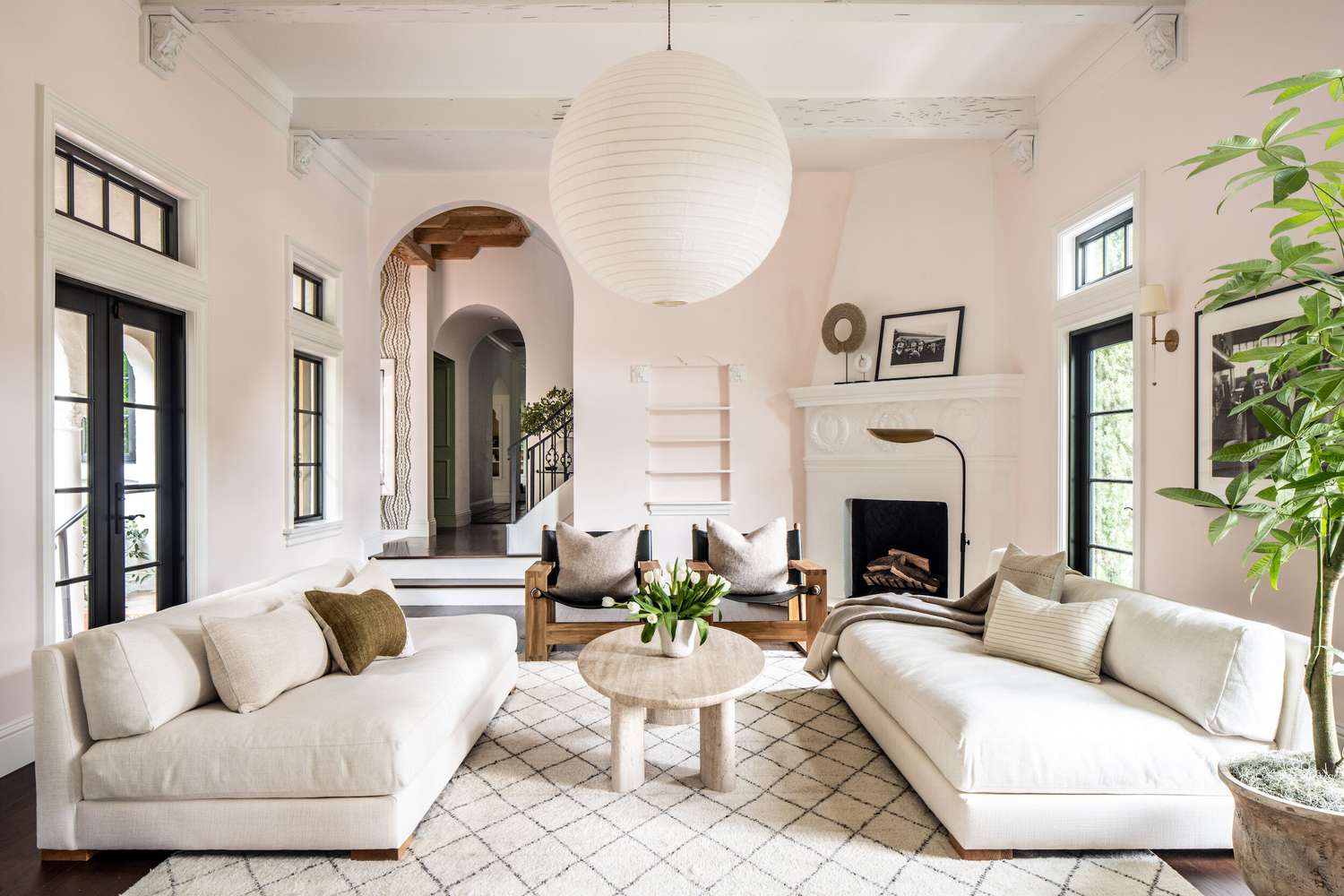
- Sofas and Chairs: Choose pieces with clean lines and simple shapes. A minimalist sofa or chair should be comfortable and functional without being overly bulky or ornate.
- Coffee Tables: Opt for a coffee table with a simple design and minimal decoration. Consider materials like wood or metal for a natural, understated look.
- Storage Solutions: Use storage solutions that keep clutter out of sight. Floating shelves, built-in cabinets, and storage ottomans can help keep your living room organized and tidy.
Bedroom
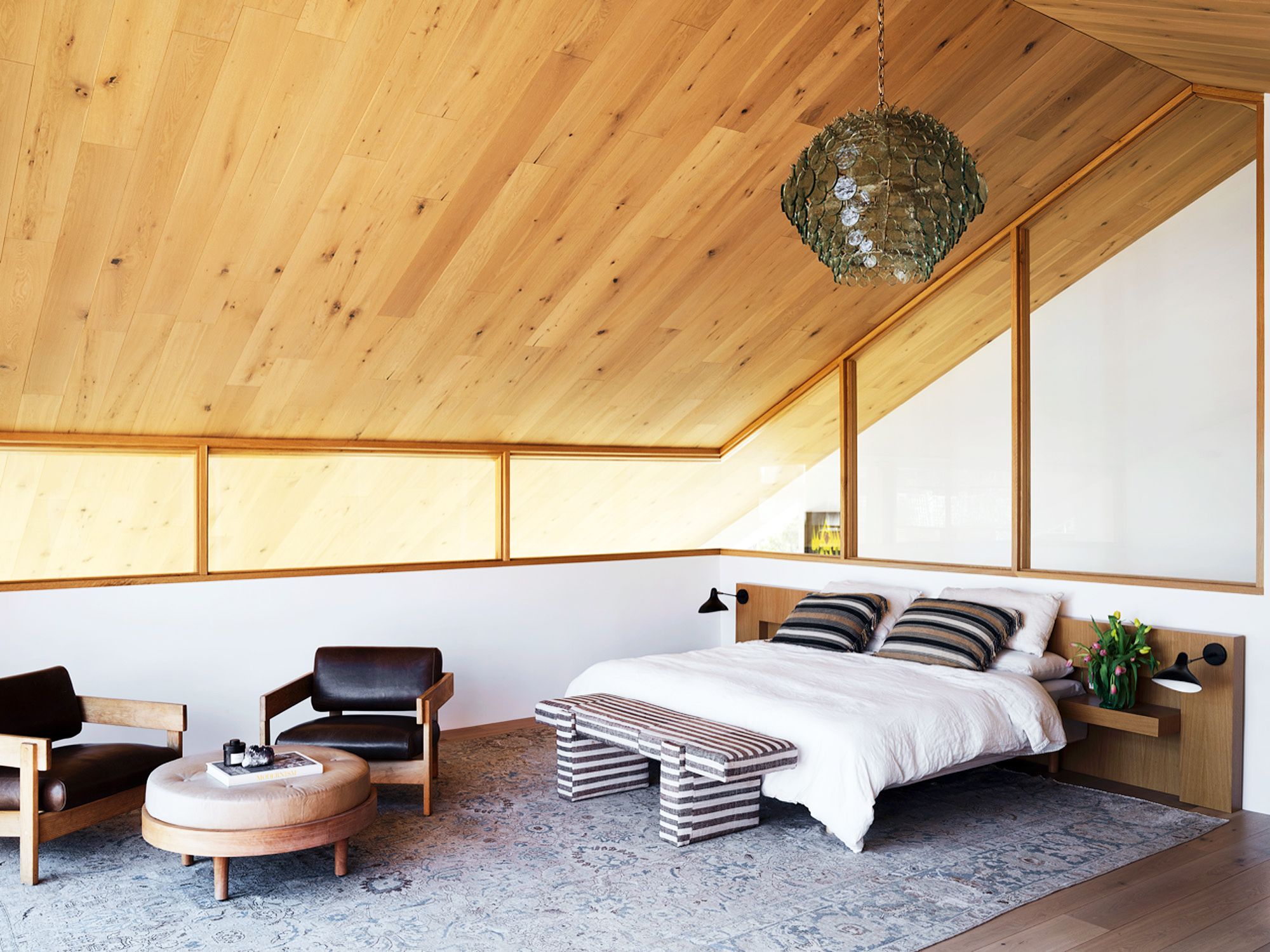
- Bed Frames: A platform bed with a simple, clean design is perfect for a minimalist bedroom. Choose a frame made from natural materials like wood or metal.
- Nightstands: Opt for nightstands with clean lines and minimal hardware. Look for pieces that offer storage space to keep clutter at bay.
- Bedding: Choose neutral, calming colors for your bedding. Simple, high-quality linens can create a serene and inviting atmosphere.
Home Office

- Desks: A minimalist desk should be functional and free from unnecessary adornments. Look for desks with built-in storage to keep your workspace clutter-free.
- Chairs: Invest in an ergonomic chair that supports good posture and comfort. A sleek, modern design can complement a minimalist office space.
- Storage: Use filing cabinets, shelves, and storage boxes to keep your office organized. Keep only the essentials on your desk to maintain a clean, focused workspace.
Tips for Maintaining a Minimalist Home
Regular Decluttering
Regular decluttering is essential for maintaining a minimalist home. Set aside time each month to go through your belongings and remove items that you no longer need or love. This will help prevent clutter from accumulating and keep your space organized.
Mindful Purchasing
Be mindful of what you bring into your home. Before making a purchase, ask yourself if the item is truly necessary and if it aligns with your minimalist lifestyle. Focus on quality over quantity and choose pieces that will stand the test of time.
Embrace Negative Space
Negative space, or the empty space around and between objects, is a key element of minimalist design. Embrace negative space in your home by not filling every inch with furniture and decor. This will create a sense of openness and tranquility.
Invest in Quality Pieces
Investing in high-quality furniture and decor is a hallmark of minimalism. Choose pieces that are well-made and durable, so they will last for years to come. High-quality items are often more expensive, but they are a worthwhile investment in the long run. Well made furniture that’s built to support your mental health seen here, for example, helps to make you feel comfortable mentally as well as physically.
Conclusion
Minimalist furniture offers a pathway to a calm and clutter-free home. By focusing on simplicity, functionality, and quality, you can create a space that is not only beautiful but also conducive to well-being and productivity. Embracing minimalism is about more than just aesthetics; it’s about creating a home that supports your lifestyle and brings you joy.
As you embark on your journey to minimalism, remember that it’s a personal process. Take your time, make thoughtful choices, and enjoy the transformation of your space. Whether you’re just starting out or looking to refine your minimalist home, the principles of minimalist furniture can help you create a serene and inviting sanctuary.
By incorporating these ideas and tips into your home, you’ll be well on your way to achieving a minimalist, clutter-free space that reflects your personal style and enhances your quality of life.

